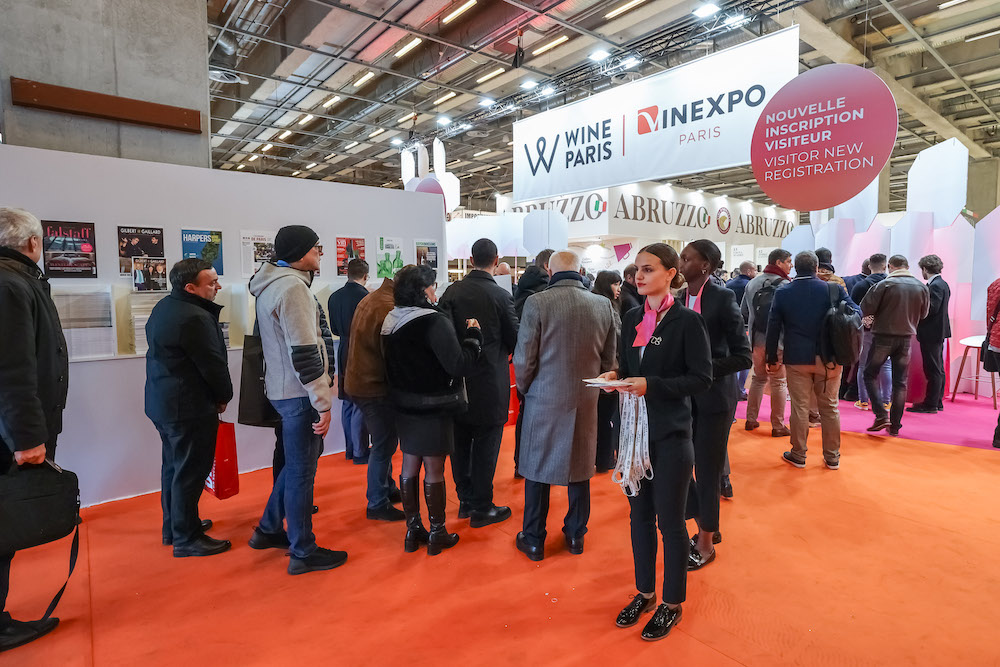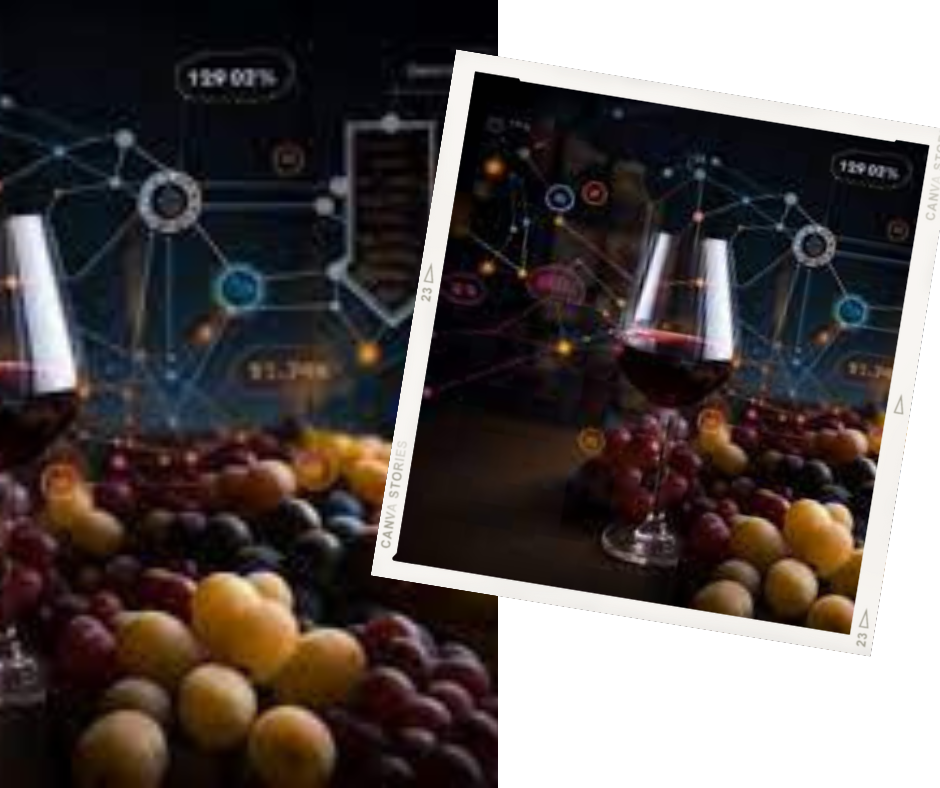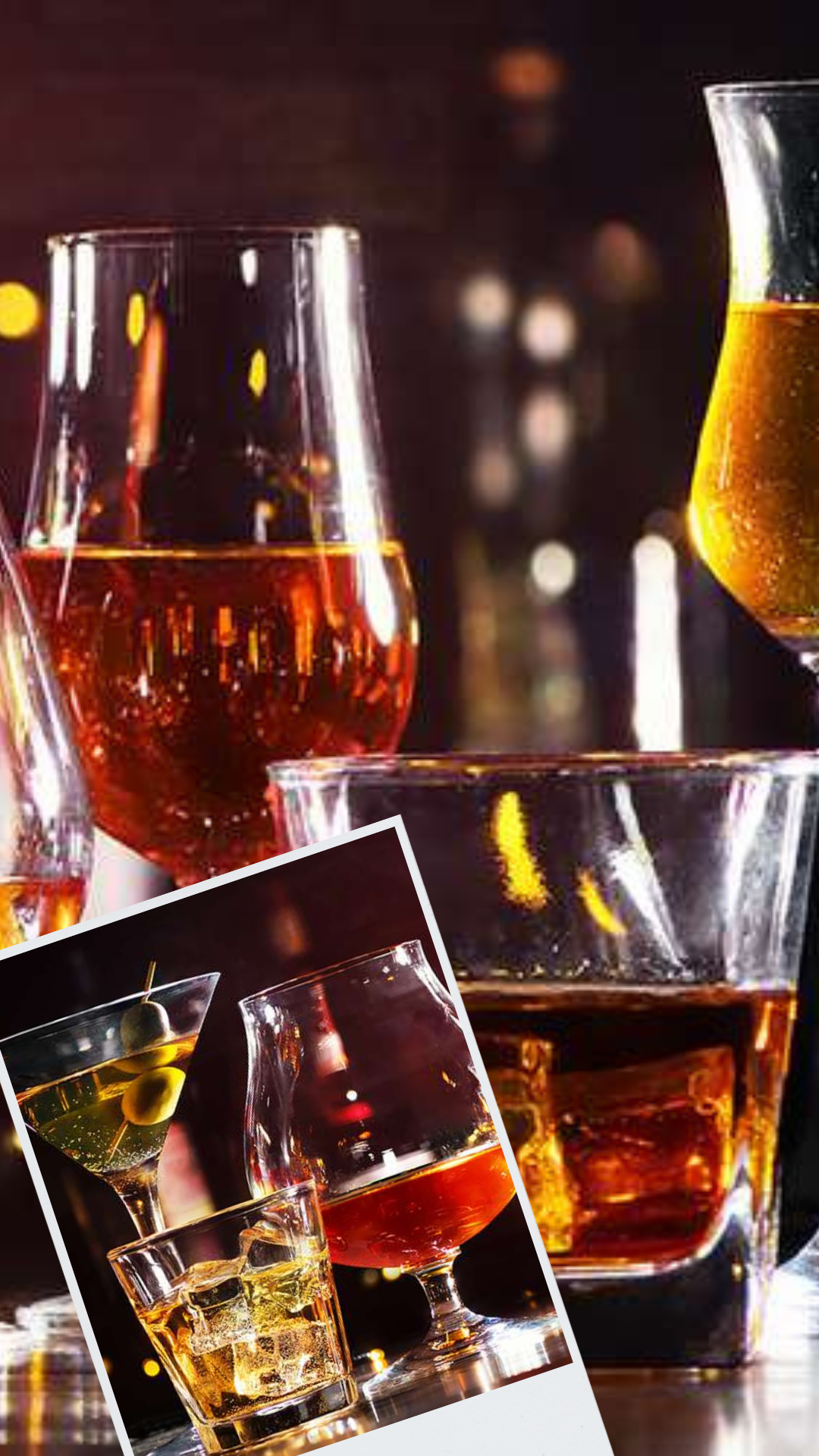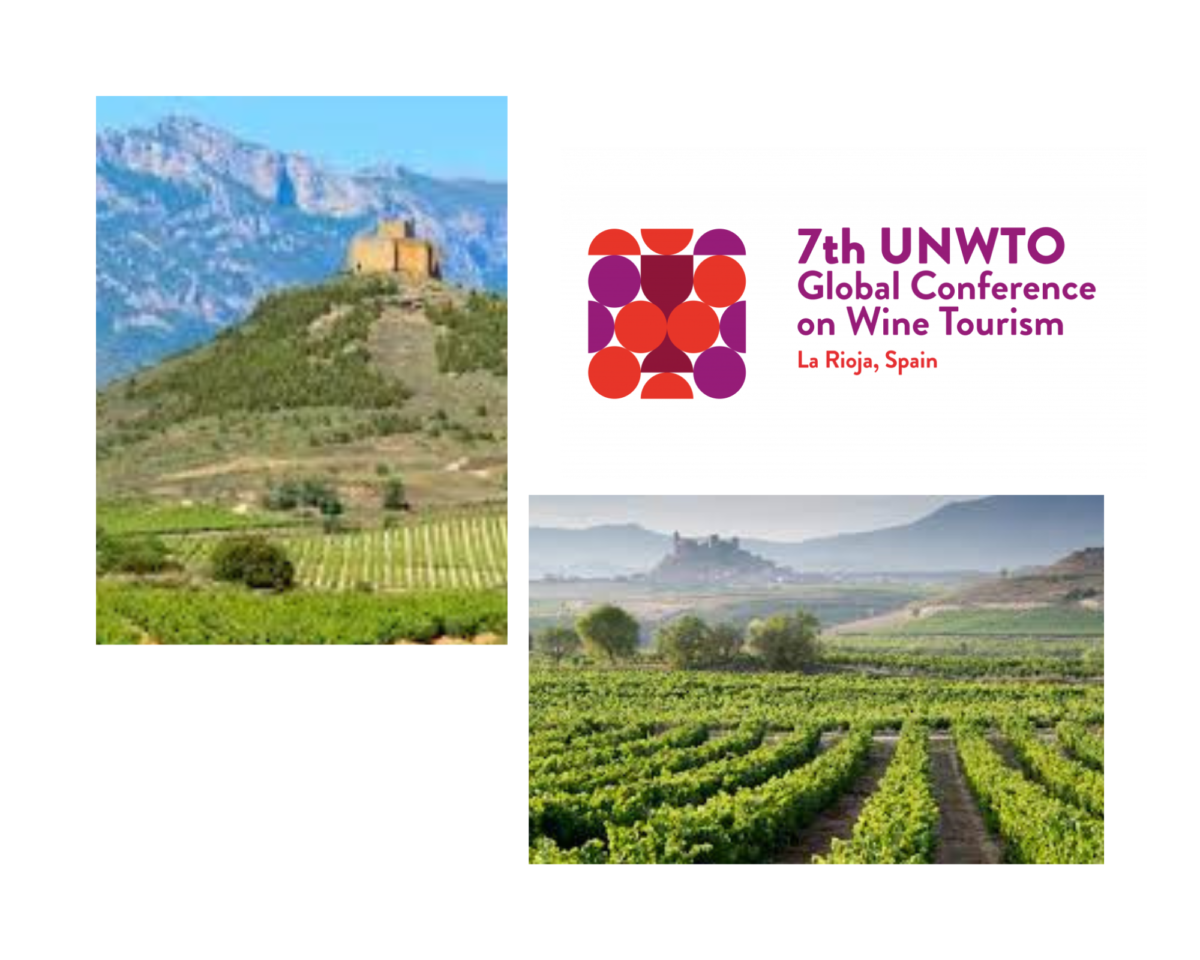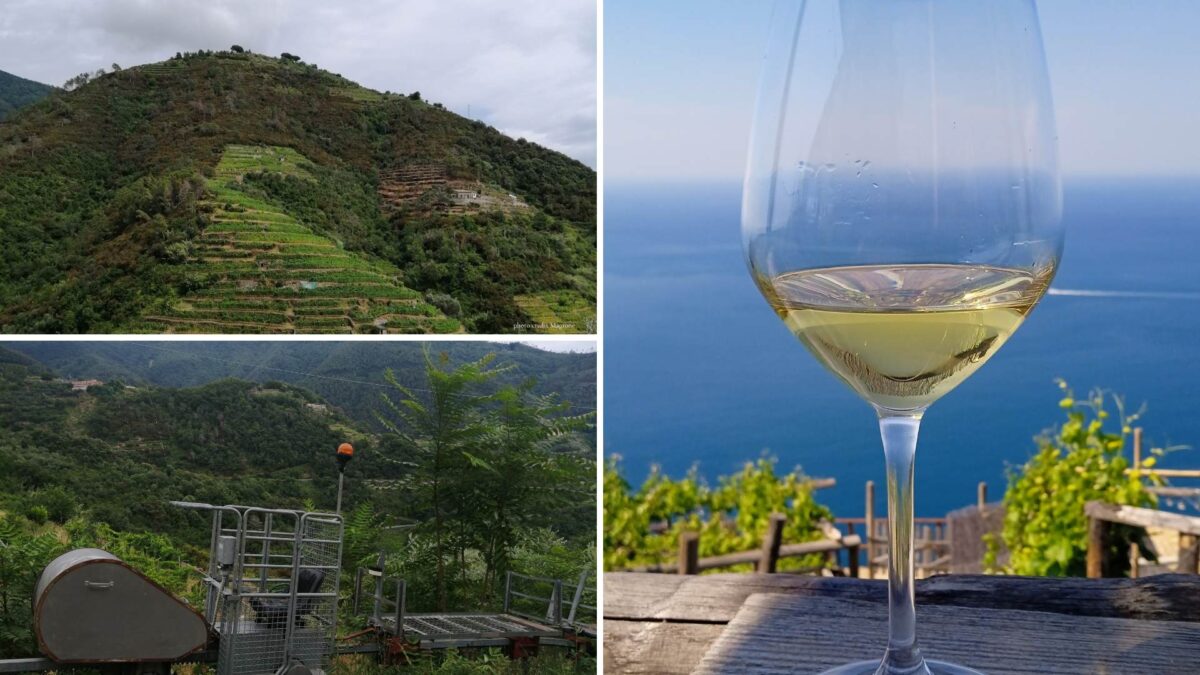The 5th Wine Paris & Vinexpo Paris has turned the current economic challenges into strategic opportunities for the wine and spirits industry. This year, the event has established its credentials not only as a pivotal hub for business, but also as an influential platform, stepping up its decisive role in the business and political space globally.
2024 marks a turning point, with Wine Paris & Vinexpo Paris making a sustainable economic contribution to the wine and spirits industry. Exhibitor numbers rose to 4,074, including 53% from overseas representing 48 producer countries, underscoring Wine Paris & Vinexpo Paris’ enhanced appeal and international scope. Visitor attendance increased by 14% on the previous exhibition to 41,253 and included 41% international visitors from 137 countries, illustrating the event’s overall reach and growing influence.
Vinexposium’s commitment to business development was mirrored in the 30% rise in attendance by the main buyers from key markets. The top 5 nations represented after France were Italy, Belgium, the United Kingdom, the United States and Germany. The matchmaking service also reached a new performance milestone with 10,146 appointments between producers and buyers made online.
Wine Paris & Vinexpo Paris, a place of influence
Placed under the high patronage of Mr Emmanuel Macron, President of the French Republic, Wine Paris & Vinexpo Paris received visits by three French ministers and 27 ambassadors, including those from the United States, Italy, Portugal, Japan, Austria, Spain, Switzerland, China, New Zealand and Australia.
The 2024 Wine Paris & Vinexpo Paris opening ceremony saw keynote speeches by the Minister of Agriculture and Food Sovereignty, Marc Fesneau, and the Minister of State for Public Accounts, Thomas Cazenave. The collaborative tone of the opening speeches, with input by Vinexposium CEO Rodolphe Lameyse, highlighted the event’s role as a strategic space where the industry can speak with one voice, share ideas and meet current challenges while also setting its sights on a sustainable future. The significance of international trade and the collaborative efforts required to cope with geo-economic risks were also underscored.
A visit by Frank Riester, Minister of State for Foreign Trade and Economic Attractiveness, ended the third day by describing the event as a major exhibition for wine and spirits exports, stressing the importance of wines and spirits to France’s export trade balance. 2023 French export results were in fact announced at Wine Paris & Vinexpo Paris by the FEVS.
The International Organisation of Vine and Wine (OIV), with which Vinexposium works collaboratively, granted its patronage to the scientific sessions of the ON! programme. The event also offered a valuable opportunity for OIV, which took part for the entire three days, to meet many international industry personalities.
Even greater buzz for the ON! and OFF programmes
The ON! programme was enhanced in order to foster dialogue and provide the industry with food for thought. 126 sessions featured on the official programme, in addition to individual presentations hosted on exhibitor stands.
Paul Robinson, wine director at Robinson Wine Merchants, recounts: “As a buyer, it is my responsibility to prioritise business appointments at Wine Paris & Vinexpo Paris, but I attended two panel discussions which I found extremely interesting. The ON! programme is one of the highlights of the exhibition”.
The OFF programme, which featured a selection of 200 restaurants and bars across the capital, encouraged attendees to continue their conversations after nightfall in a more relaxed setting.
Angelo Martelli, director at Super Buyrite, found inspiration there: “With so many appointments on stands by day, I particularly enjoyed being able to continue my business relations in the evening as part of the OFF programme. Paris truly is an ideal city for this and the selection was great. It’s that little extra that makes all the difference”.
Be Spirits, an enhanced range
In 2024, Be Spirits reached a whole new level with 26 producer countries exhibiting, an extra 47% floor spaced compared with 2023 and nearly 200 exhibitors, 54% of them new. Alongside the many French exhibitors, international attendee numbers soared by 92%.
The hall designed for spirits, no/lows, beers and ciders attracted buyers and mixologists from across the globe. The robust programme of debates and masterclasses aimed at deciphering markets, exploring the most revolutionary products and responding jointly to the business issues of the future attracted a full house.
Wine Paris & Vinexpo Paris 2024 ends, but ushers in the next 12 months
Until the next Wine Paris & Vinexpo Paris from 10 to 12 February 2025, the industry is invited to Hong Kong from 28 to 30 May for Vinexpo Asia, New York on 24 and 25 June for Vinexpo America, Mumbai on 16 and 17 September for Vinexpo India, and Amsterdam on 25 and 26 November for the World Bulk Wine Exhibition (WBWE).

